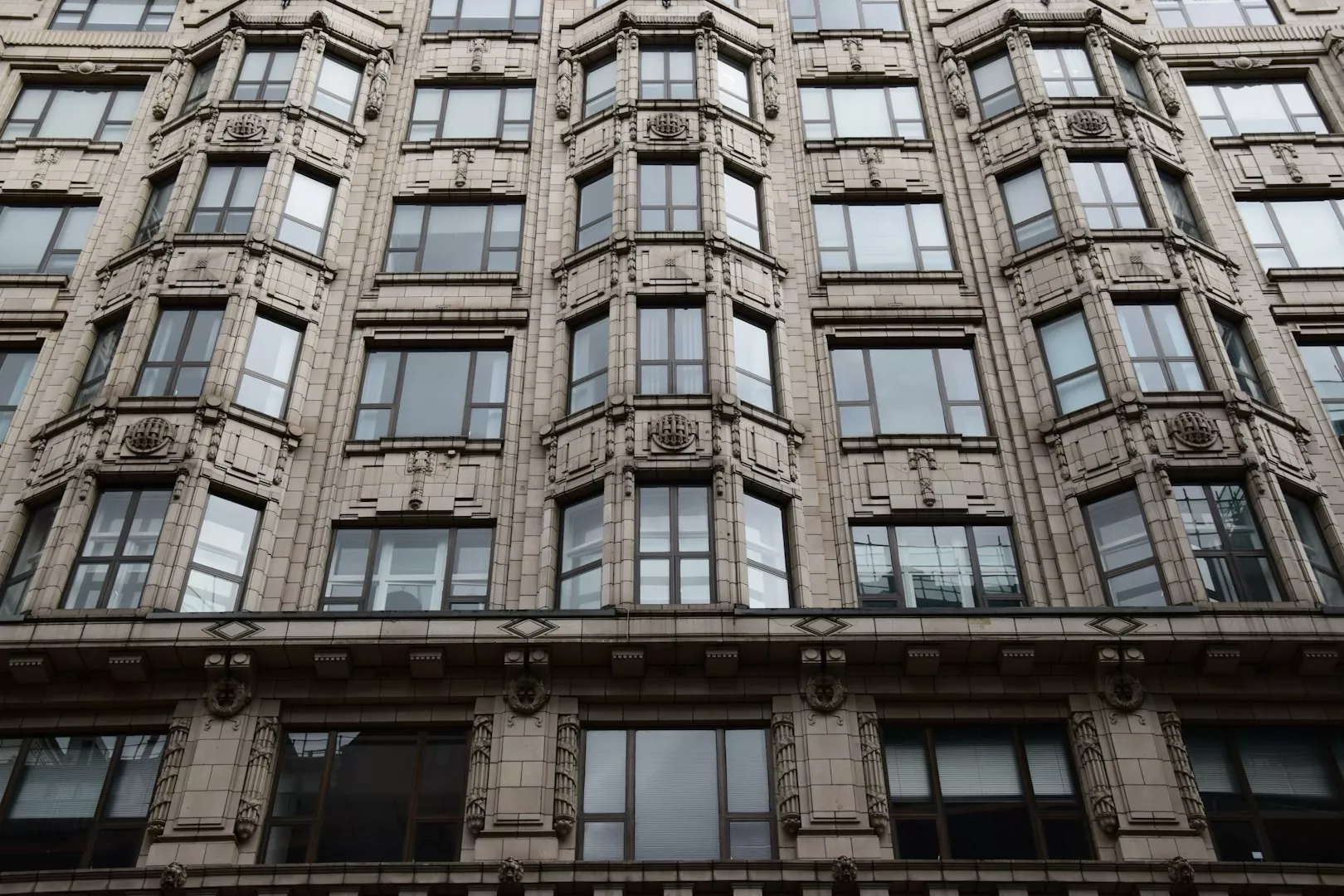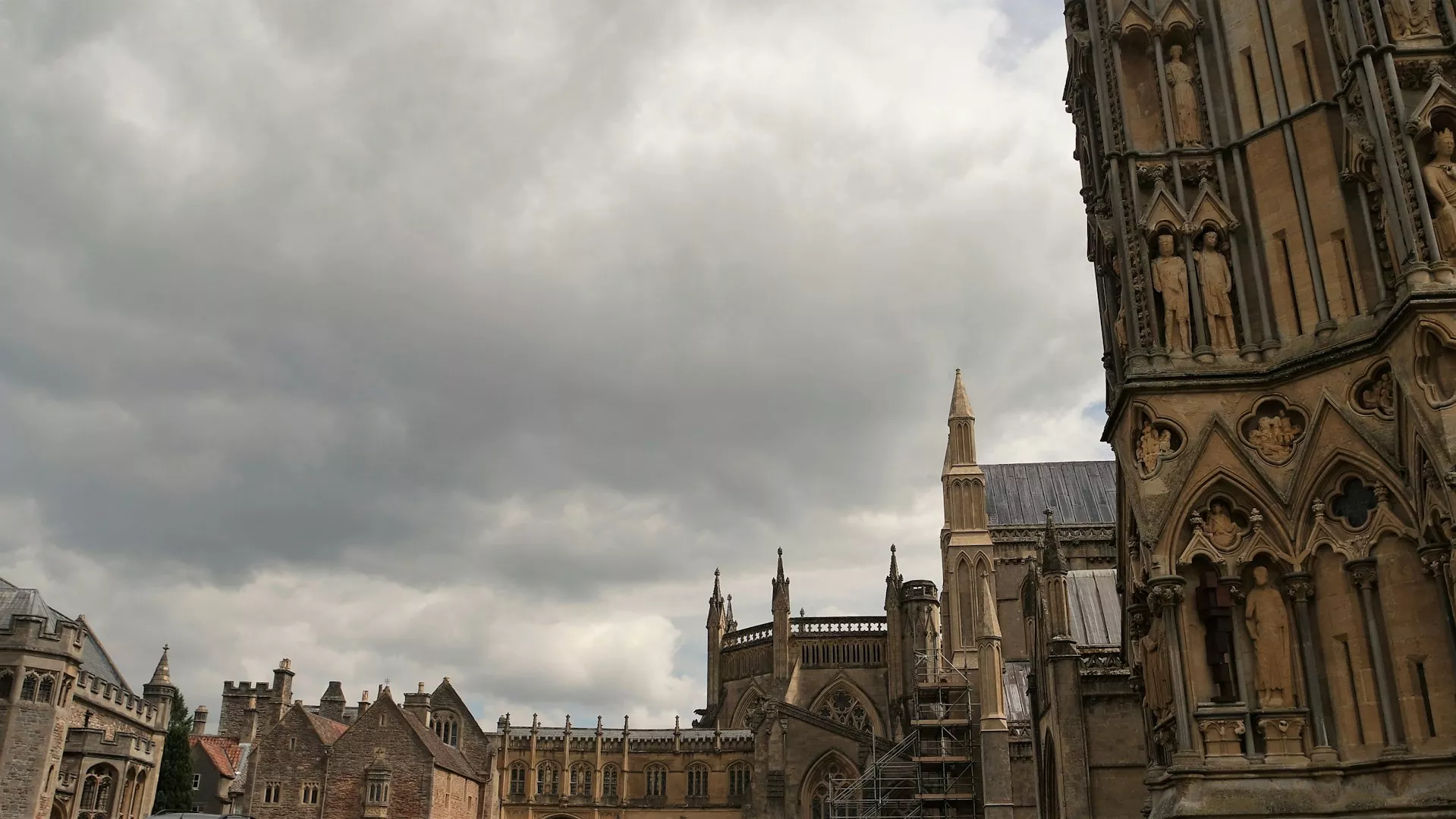
0161 327 0421
HERITAGE IMPACT ASSESSMENT
Heritage Statements for Planning Permission Applications
Do you need a heritage statement for your planning application? For a conservation area or listed building application



HERITAGE STATEMENTS TO SUPPORT PLANNING APPLICATION
Heritage Statement
A heritage statement is a document that can stand alone or be a part of a planning or design and access statement. Its primary purpose is twofold.
Firstly, it aims to provide an explanation regarding the historical context and significance of a building, whether it holds national status or any other form of heritage recognition.
Secondly, as implied by the term "impact assessment," it outlines the anticipated effects that proposed changes would have on the historical structure of the building and justifies the necessity for the proposed modifications.
It's worth noting that while some may view heritage statements as defensive tools to defend the building from harm, in reality, many listed buildings have accumulated centuries of haphazard additions and alterations. This presents an opportunity to remove unsuitable additions, thereby unveiling the original structure or replacing unfit modifications with more harmonious ones.
In terms of when you need a heritage impact assessment, it is requisite when you are planning works that could potentially impact a heritage asset. So, what classifies as a heritage asset? As per the National Planning Policy Framework (NPPF), a heritage asset is defined as:
"A building, monument, site, place, area, or landscape identified as having a degree of significance meriting consideration in planning decisions, because of its heritage interest. It includes designated heritage assets and assets identified by the local planning authority (including local listing)."
Heritage assets can vary from World Heritage Sites to locally listed buildings, encompassing nationally listed buildings and conservation areas, ranging in size from city centers to small structures like a postbox. A heritage statement is required for all listed building consent applications and any projects within a World Heritage Site. Some councils also mandate them for developments in conservation areas and for locally listed buildings, with their inclusion being highly recommended in those cases.
In essence, a heritage statement is essential when proposing alterations or extensions to listed buildings, conducting construction near listed buildings, planning developments in conservation areas or significant garden areas, or executing works that could affect unlisted buildings within the Historic Environment Record or non-designated heritage assets.
If you require assistance with works on your listed building or property in a conservation area, feel free to get in touch.
Pricing & Timescales
Fees from £420 + VAT
Timescales: 1-2 weeks
Contact Us
HERITAGE PLANNING PERMISSION
Areas we cover:
We cover the whole of the UK, areas include: London, Birmingham, Glasgow, Liverpool, Bristol, Manchester, Sheffield, Leeds, Edinburgh, Leicester, Coventry, Bradford, Cardiff, Belfast, Nottingham, Hull, Newcastle, Stoke, Southampton, Derby, Portsmouth, Brighton, Plymouth, Northampton and Reading.
Other services we offer: Planning drawings, building control drawings, heritage planning, listed building consent, certificate of lawful development (LDC), planning appeals, interior desi